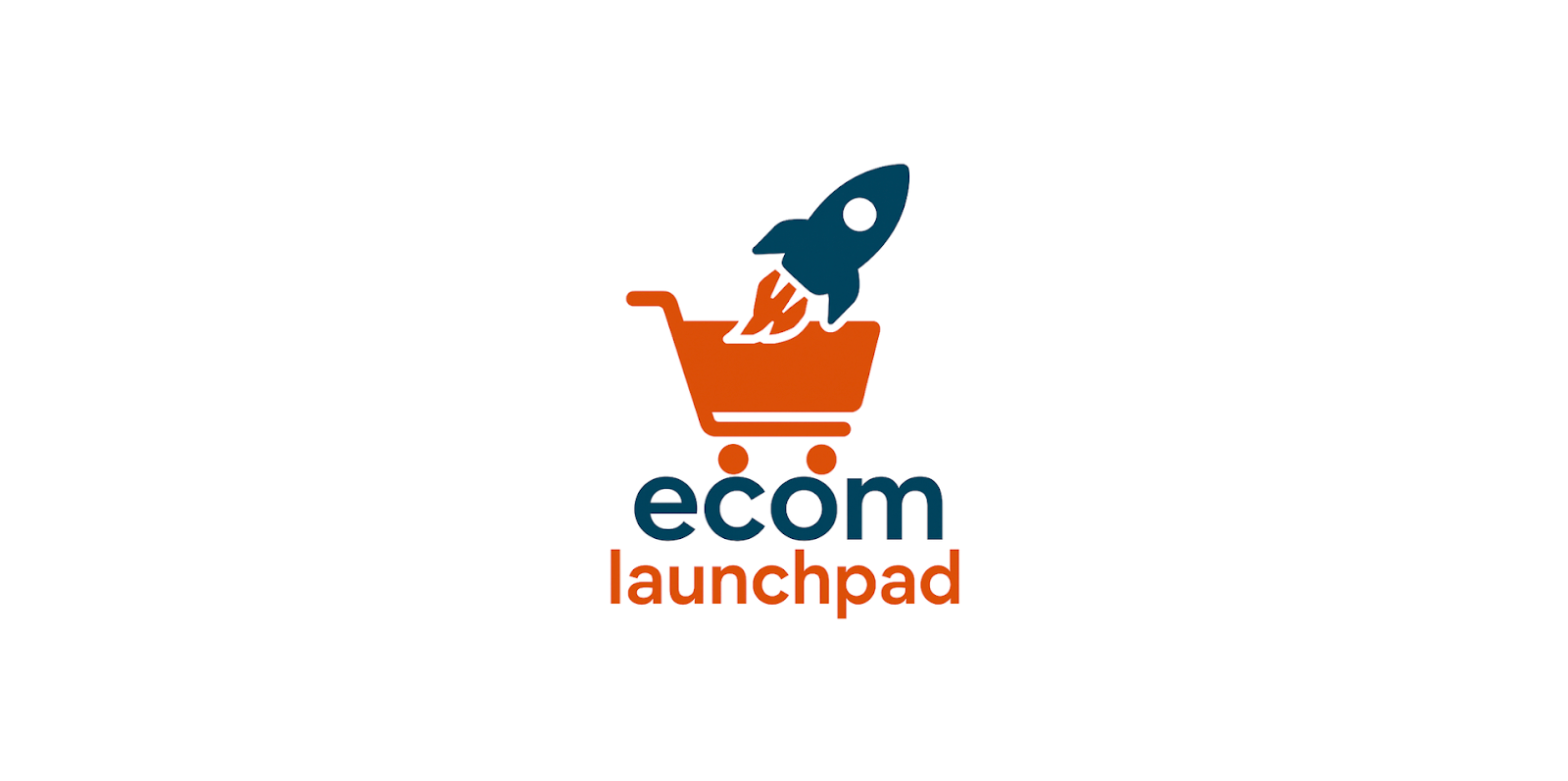In the constantly advancing field of data science, no-code solutions are taking over as a game-changer, democratizing access to advanced analytics and machine learning (ML). These platforms allow users to create complex data models, perform in-depth analyses, and build predictive models without writing a single line of code. TIMi is one prominent body in this sector, a company developing powerful no-code data science tools.
The Rise of No-Code Solutions
No-code solutions have gained massive traction in recent years due to several key factors:
- No-code platforms lower the barrier to entry for individuals who may not have a programming or data science background. This democratization of technology enables a broader range of professionals to engage with data analytics and machine learning.
- Developing data science models traditionally requires extensive coding, which can be time-consuming and full of errors. No-code solutions streamline this process, allowing for rapid prototyping and deployment.
- By reducing the need for specialized programming skills, organizations can save on hiring costs and training. No-code platforms often come with built-in integrations and pre-configured modules, which reduces development time and costs.
TIMi, founded in Belgium on August 3, 2007, by Frank Vanden Berghen and Jérome Loncelle, has been a game-changer in the no-code revolution. Originally named “Business-Insight SPRL,” the company rebranded to TIMi on December 31, 2017, aligning its name with its flagship software suite. TIMi stands for “The Intelligent Mining Machine,” highlighting its focus on integrating AI, machine learning, and data mining technologies.
Critical Components of TIMi’s No-Code Suite
TIMi Modeler: Launched in 2009, TIMi Modeler was one of the first auto-ML tools available globally. It allows users to build predictive models with minimal input, leveraging automated machine-learning techniques to optimize model performance. TIMi Modeler has proven its capabilities in various competitions, including the 2009 KDD Cup, where it ranked 18th out of over 1200 participants.
Stardust: Introduced in 2010, Stardust specializes in clustering large datasets using advanced algorithms like K-Means++ and PCA. It is designed to handle extensive datasets typical in telecommunications, banking, and retail industries.
Anatella: Launched in 2011, Anatella is TIMi’s core component, focused on data transformation for analytical tasks. Unlike traditional ETL tools, Anatella is tailored for advanced analytics, allowing users to prepare datasets efficiently for AI and machine learning applications.
Kibela: Added to the suite in 2016, Kibela is a self-service BI tool that enables users to easily create interactive dashboards. It runs in a browser and does not depend on third-party tools, offering an effortless experience for business intelligence tasks.
In 2014, TIMi opened its first subsidiary outside Europe, TIMi Latin Americas, in Bogota, Colombia. By 2015, TIMi had expanded its presence to Africa through a partnership with Real Impact, serving numerous telecom operators across the continent. TIMi’s efficiency in processing large datasets on minimal infrastructure has been a critical factor in its success, particularly in regions with limited computing resources.
Advantages of No-Code Solutions in Data Science
1. Democratizing Data Science
No-code platforms like TIMi empower a broader range of users to engage with data science. This democratization allows business analysts, marketing professionals, and other non-technical stakeholders to utilize data without relying heavily on data scientists or IT departments. As a result, organizations can build a data-driven culture where insights are accessible to all.
2. Enhancing Collaboration
No-code solutions facilitate collaboration between technical and non-technical team members. With intuitive interfaces and drag-and-drop functionalities, these platforms enable simple communication and collaboration, aligning business objectives and technical implementations.
3. Accelerating Time-to-Value
No-code solutions significantly reduce the time required to develop and deploy data science models by eliminating the need for extensive coding. This rapid turnaround is crucial in today’s fast-paced business environment, where timely insights can provide a competitive edge.
4. Reducing Development Costs
No-code platforms help organizations save on development costs by minimizing the need for specialized programming skills. With pre-built modules and integrations, these solutions reduce the complexity and cost of building data science models from scratch.
5. Ensuring Scalability and Flexibility
No-code solutions are designed to be scalable, allowing organizations to start small and expand their data science initiatives as needed. This flexibility is essential for businesses that adapt quickly to changing market conditions and evolving data requirements.
No-code solutions offer undeniable benefits in data science. Platforms like TIMi are leading the charge, providing powerful tools that make advanced analytics accessible to a broader audience. With its comprehensive suite of no-code tools, TIMi is helping organizations deploy the power of data worldwide, drive innovation, and achieve their business objectives.
Published by: Khy Talara







